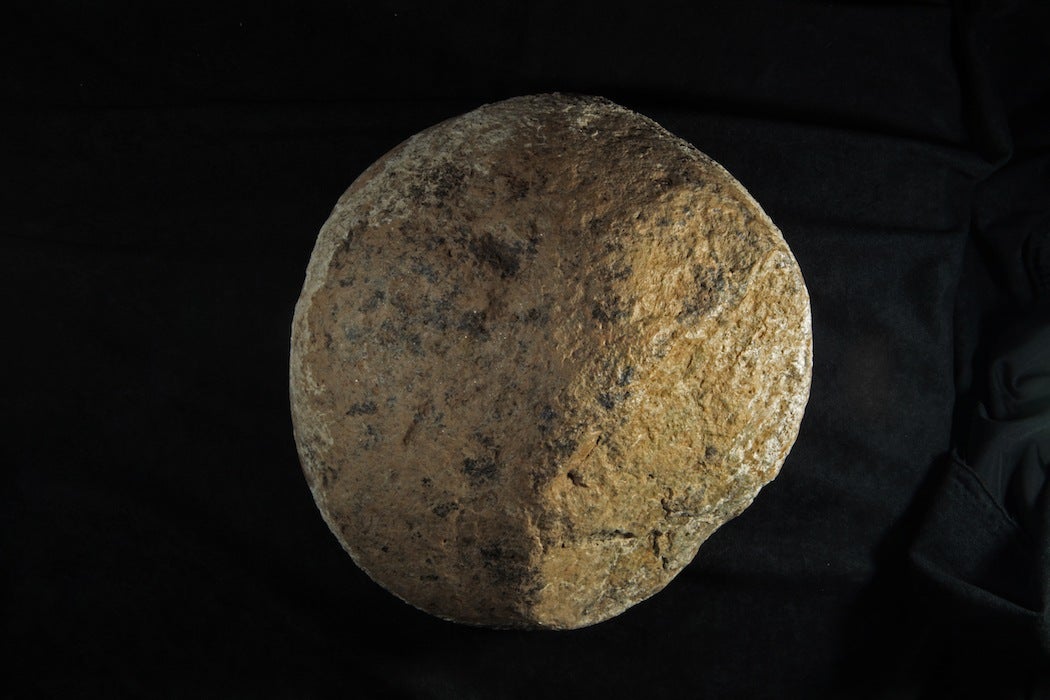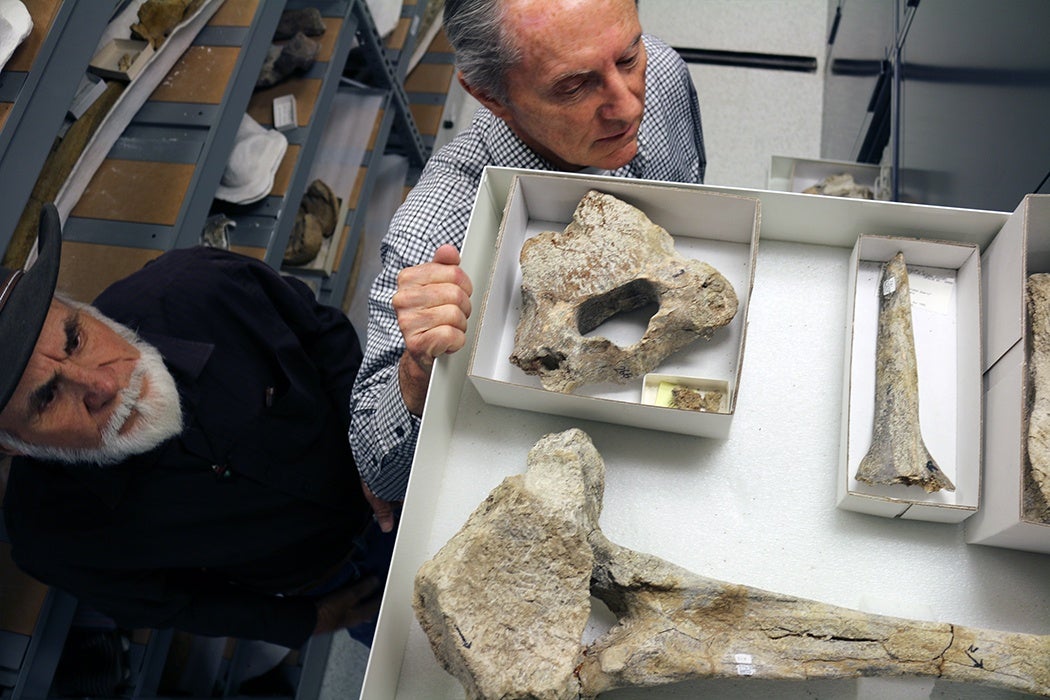How long have humans inhabited the Americas? A lot longer than previously thought, according to a new study. Archaeologists found mastodon bones that may have been processed by human tools, and nearby rocks that may have been hammers and anvils. The site is dated to around 130,000 years old, more than 100,000 years earlier than any confirmed human presence in the Americas. But will this study hold up?
There is a long history of debate and confusion about the migration of humans into the Americas. The conventional wisdom is that they walked across what is now the Bering Strait (the Bering Land Bridge, Beringia) at a time when glaciers were larger and sea levels were much lower since so much water was tied up in ice. But when? That’s harder to answer.
The consensus has changed over time. In the late twenties and early thirties, fluted stone points found near Clovis, New Mexico were dated to the Early Paleoindian period, roughly 13,500 to 12,800 years ago. The Clovis people used a distinctive type of stone blade known as a Clovis point. For many years the Clovis people were believed to be the earliest migrants to the New World. The timeline correlates with a period when sea levels were low enough that Beringia was open but glaciers did not block the way.

Despite irregularities in the evidence, many archaeologists were extremely reluctant to let go of the Clovis people as the earliest Americans. The turning point came with the 1975 discovery of a site in Monte Verde, in Southern Chile. The site had numerous artifacts that did not match Clovis design, but most importantly there was well-preserved organic matter that could be easily radiocarbon dated. The site was at least 1,000 years older than Clovis. Since it is much further south than Clovis, presumably it would have taken the Monte Verde people longer to get there, so they must have crossed Beringia long before Clovis. Monte Verde is now widely accepted to pre-date Clovis.
The study of human migration to the Americas shows that widely held beliefs can be proven wrong. The new paper only discusses the evidence of human presence. Questions such as who these people were or how they might have gotten there remain unanswered. This discovery is such a radical shift that it is likely to face extensive skepticism. But if confirmed, the timeline of human migration will be completely upended.







